A brief introduction to an exciting wine region in Portugal
I remember very well a picture from the Douro valley which I saw in a wine magazine maybe fifteen years ago or even more. I had never been in the Douro but I knew of the terraced vineyards. The picture was amazing. You could see the vineyards from above. “Imagine, the photographer has been up in a helicopter to make that picture”, I thought.
But was I wrong. There was no helicopter involved. It was simply that the Douro Valley has breathtakingly steep slopes and roads winding up to the peaks. The photographer had simply stopped at a bend in the road and taken a picture downwards.
Breath-taking. Spectacular. Fantastically beautiful. Those are the words that come to mind.
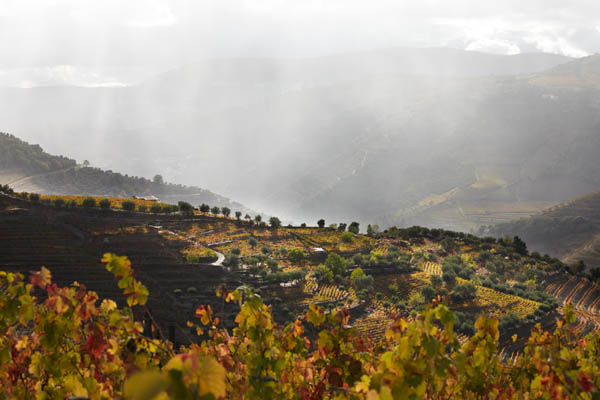
If you have never been to the Douro Valley then it is something you really need to do something about. Go there. It is different from most other wine regions I know and certainly one of the most spectacular wine sceneries there is.
So it was a great idea by the “Munskänkarna” association (the world’s biggest amateur wine tasting society) to appoint the Douro Valley the “Wine Region of the Year”.
Today they make both the famous sweet wines, port wine, and “table” wines (non-fortified wines) that have quickly climbed up to world-class quality.
If you travel to the Douro Valley, it becomes a double discovery. You will experience a wide range of port wines, ranging from relatively modest ruby (but that may also be quite high class), over tawnies that established themselves as strong competitors for top wines, the vintage port wines.

But the journey of discovery is even more full of surprises when you venture into the “table wines”. If I once and for all points out that “table wine” is in no way a reference to simple wines, but only meant as a contrast to the fortified wines, so maybe I can stop with the quotes. Since a few decades they have become an increasingly important part of the production of many winemakers here in the Douro Valley. They are definitely worthy of being more well-known!
Perhaps we should all start using the terminology that many winemakers have: when talking about port they say, of course, port, but if you say “Douro wine” they mean exclusively table wines, the non-fortified wines.
Geography
The Douro Valley follows, obviously, the river Douro from east to west. The river has its source in Spain, where it is called Duero. It ends in the Atlantic.
At the Douro estuary lies the twin cities of Porto (formerly known as Oporto), and Vila Nova de Gaia. Porto is the larger of the two, the ‘capital’ and the economic centre. Vila Nova de Gaia is the town where all the port wine houses formerly had, and still have, their cellar, the so called port lodges. You can visit many of them and admire the hundreds, or rather thousands of barrels lying there filled with port wine.
Porto is also the obvious choice to start a wine tour along the Douro Valley. It has a large and modern airport close to the city centre. The city has plenty of hotels (although it can be difficult to get rooms in season) and restaurants.
To arrive in the wine country you need to count one and a half hours by road east going due east.
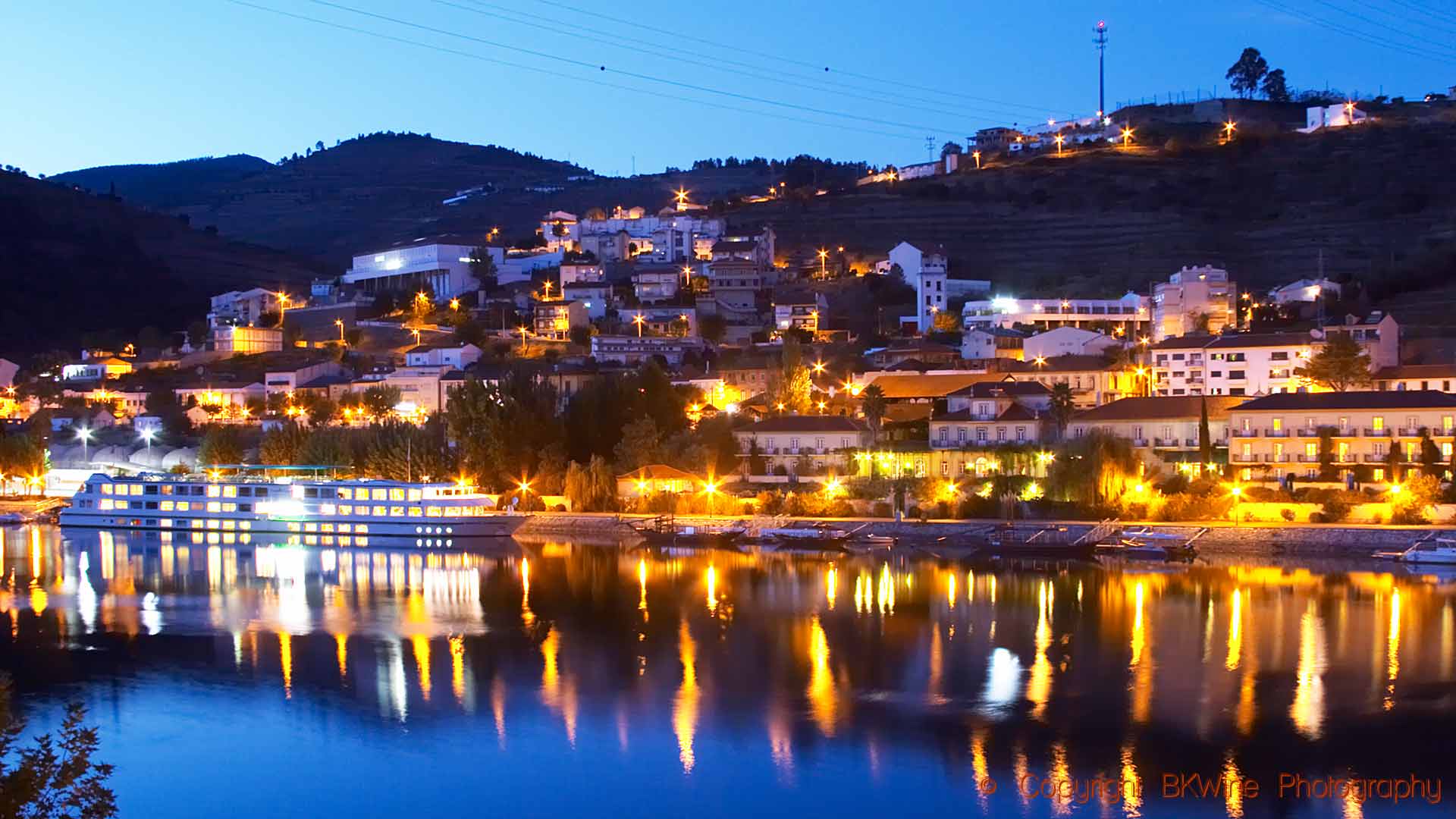
The main town up in the wine region is called Peso da Regua. It is situated along the river but is not really known for its charm. Most travellers choose instead to stay in Pinhao, which is a charming little village at a bend in the river, or to take lodging in one of the many vineyard hotels. But the fact is that hotels are actually a bottleneck in the Douro, so the wine traveller would be wise to plan ahead. Or rely on a trusted wine tour operator!
It’s up here that the landscape changes into something totally different, meandering rivers, narrow roads with hairpin curves, and villages that cling to the hillsides. And here and there on a hilltop you can see a winery perching.
The World Heritage label from the UNESCO is well deserved.
Wine land and vineyards
From a wine region point of view the Douro is divided into three districts: Baixo Corgo, Cima Corgo and Douro Superior. Corgo is the name of one of the tributaries. Read more about the Three Dour Wine Regions here.
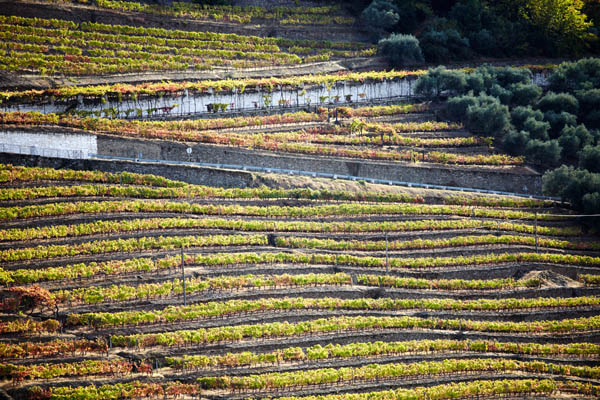
Grapes
Here, in the Douro valley you will not find many well-known “international” varieties. The most famous grape variety is touriga nacional that has even begun to achieve some international fame. To touriga nacional the touriga franca, tinta roriz (tempranillo), tinta cao and tinta barroca and you have covered a large part of the total production.
But there are a number of other local grapes. It is said that there are more than a hundred varieties allowed. For example: sousao, tinta amarelas, bastardo, gouveio, malvasia fina, rabigato, and viosinho.
Most wines are a blend of several grape varieties. There are a few exceptions, though, especially among table wines.
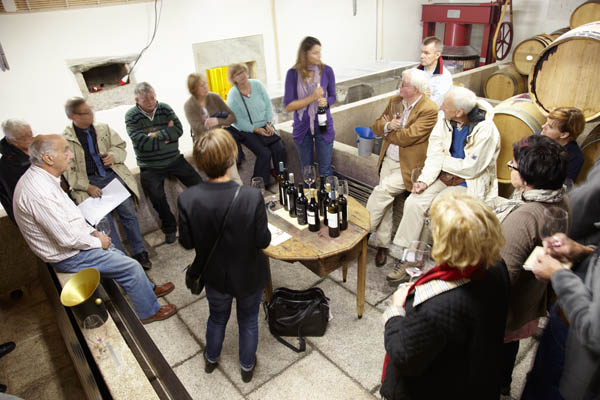
The different types of port wine
Even if the “table wines” are becoming more and more famous it is the fortified port wines that are the core of the wine industry. They can be divided into three classic types:
- ruby,
- vintage, and
- tawny
And two “modern” styles:
- white and since recently also
- rosé port
Read more about the different types of port wines here.
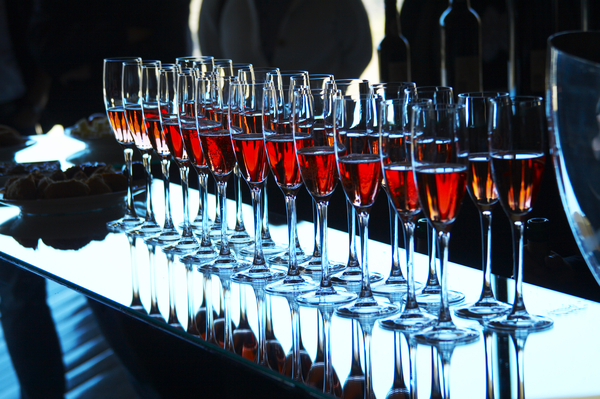
Worth a trip
Michelin’s outstanding tourist and travel guides, the so-called Green Guides, have three different classifications for places of interest: one to three stars, just like their restaurant ratings. One star means “interesting”, two stars means “worth a detour”, and three stars means “worth a journey”.
The Douro Valley is definitely three star. Douro is worth a journey!
Take a look at our wine tour program for the Douro Valley.

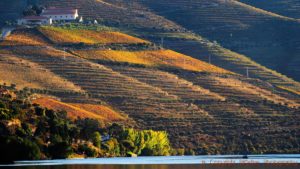
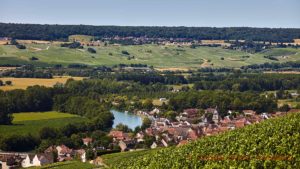
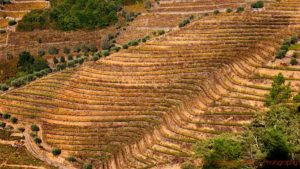
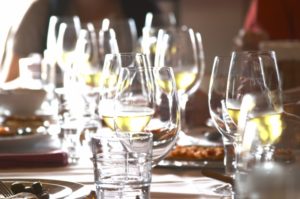

One Response
Nice article!
No wonder Porto belongs to the 10 Great Wine Capitals of the World!
Check this on
greatwinecapitals.com
Cheers!
Catherine